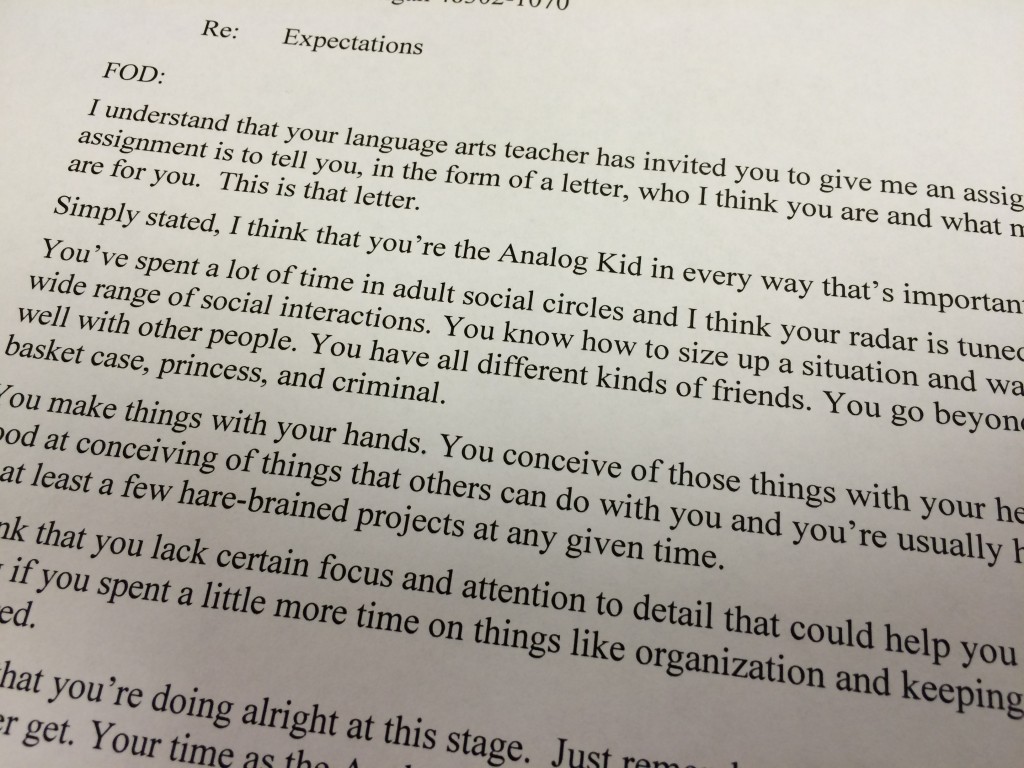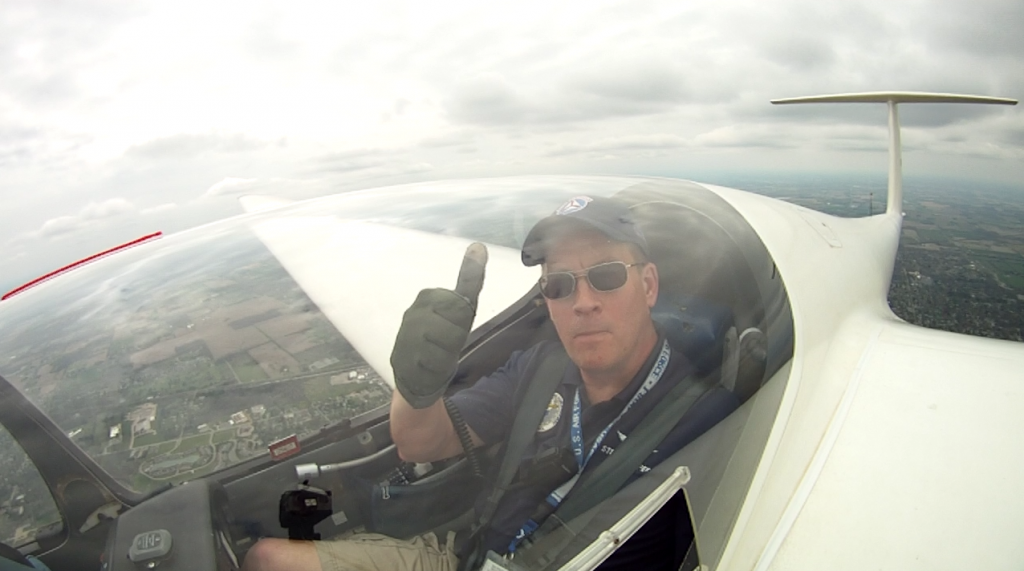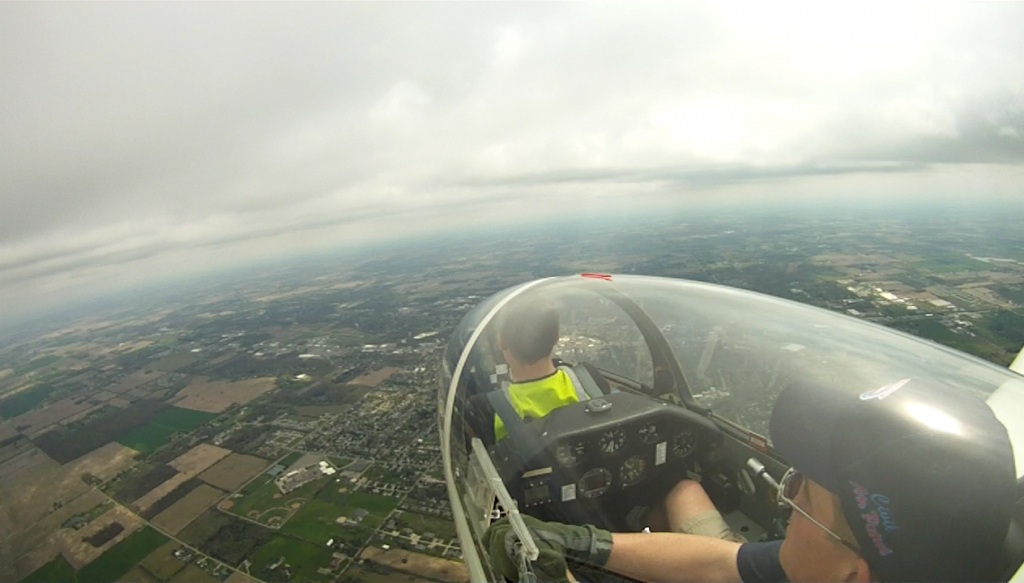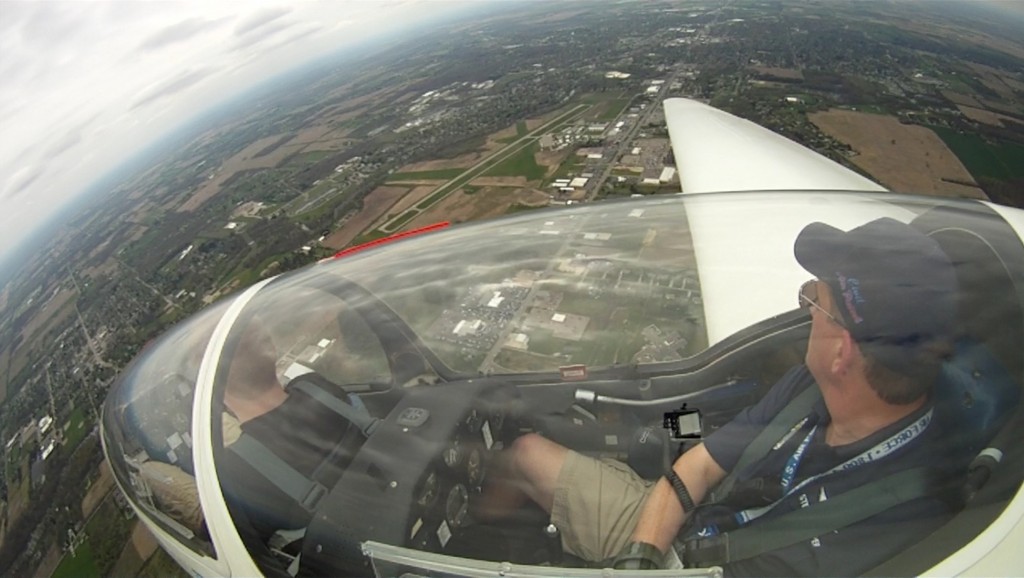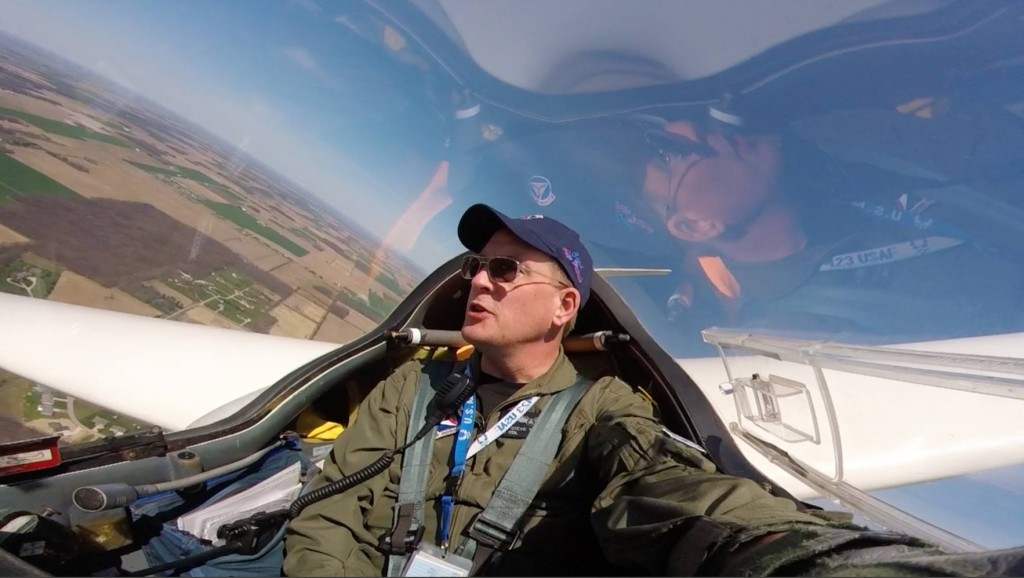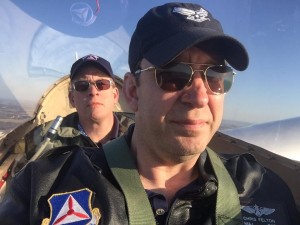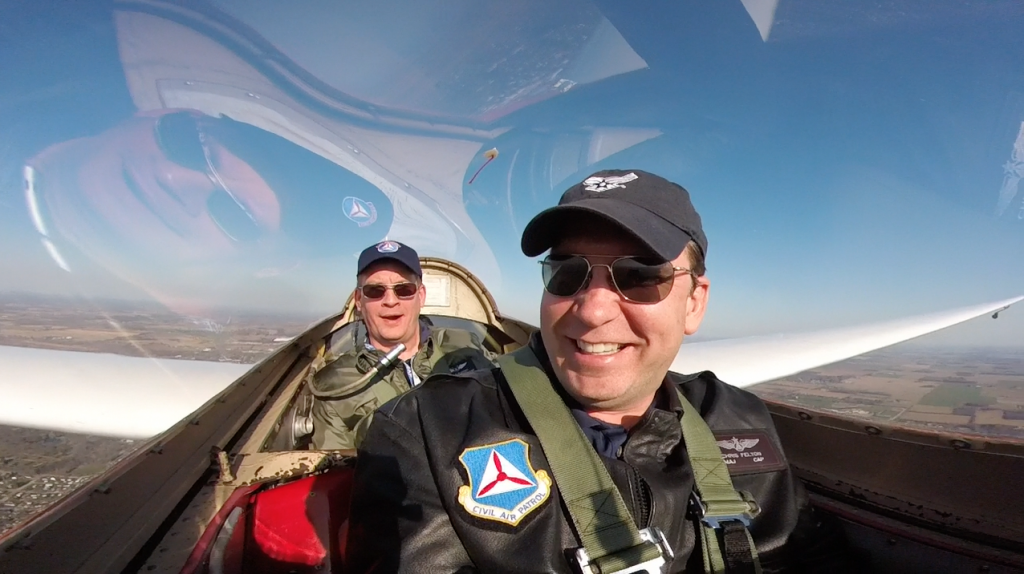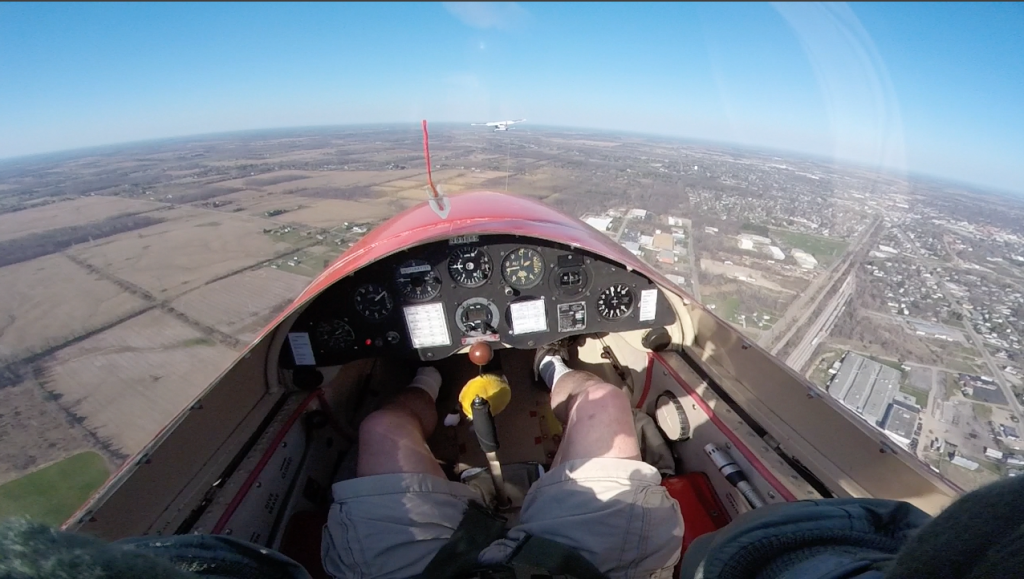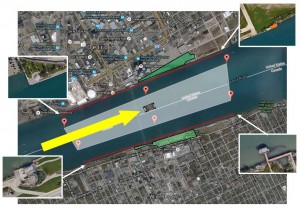28 May 2016
C/SMSgt Nicholas Tupper, CAP
Re: Expectations
FOD:
I understand that your language arts teacher has invited you to give me an assignment. The assignment is to tell you, in the form of a letter, who I think you are and what my expectations are for you. This is that letter.
Simply stated, I think that you’re the Analog Kid in every way that’s important.
You’ve spent a lot of time in adult social circles and I think your radar is tuned pretty well to a wide range of social interactions. You know how to size up a situation and wade in and work well with other people. You have all different kinds of friends. You go beyond brain, athlete, basket case, princess, and criminal.
You make things with your hands. You conceive of those things with your head. You’re also good at conceiving of things that others can do with you and you’re usually hatching or working on at least a few hare-brained projects at any given time.
I think that you lack certain focus and attention to detail that could help you get where you’re going if you spent a little more time on things like organization and keeping physical spaces let cluttered.
I think that you’re doing alright at this stage. Just remember that the better you get, the better you better get. Your time as the Analog Kid is limited. In many ways, it is about to end.
Which leads me to the things that I expect of you. Some are instructions. Some are facts. Some are philosophical statements. They are all, in their own ways, my expectations.
Never run out of altitude, airspeed, and ideas all at the same time.
There is no courage in facing a thing of which you are not afraid. The bravest thing you will ever do is to face a thing of which you are afraid when the only person driving you to do it is you. When you could back out without anyone else knowing. Where the dream is a just a whisker larger than the fear.
Be Fletcher Lynd Seagull. Or Jonathan or Terrence or Henry or the others. All in good measure. But mostly be Fletcher Lynd Seagull.
Speed is life.
You should go ahead and cry when you hit a rough spot or get discouraged. If it’s not worth crying about when you run into a rough spot, it wasn’t worth doing in the first place. And you shouldn’t take on projects that aren’t worth crying about if you fail.
Respect the patient and unsung competence of nurses.
Short of a guy who has actually bent your aircraft, there are vanishingly few line personnel or gas jocks who aren’t deserving of a $5 tip before you climb back into the aircraft. Index this to the CPI and tip accordingly.
All of our eggs are in one basket and that it is a species imperative that we place live, walking homo sapiens DNA on other celestial bodies as soon as practicable. If your situation and other responsibilities permit, volunteer for Luna, Mars, or such other destination as becomes available.
We have about a billion years before Sol makes Terra uninhabitable and a few more billion years before Sol well and truly goes red giant. We need a place other than this solar system to live. Get going on that.
Homo sapiens has taken 100,000 years to get to the point where ordinary men and women can fly. It is your sacred duty to make up for as much of that lost time as you can.
Find out who the Mercury 13 were and are. Learn their story. Find one of the Mercury 13 and ask her to tell you her story.
The most important films ever made are as follows. Watch them.
Gattaca
Ferris Bueller’s Day Off
Apollo 13
Field of Dreams
Tim’s Vermeer
The Breakfast Club
Schindler’s List
The Shawshank Redemption
Contact
Four Weddings and a Funeral
Twelve O’Clock High
Glory
The most important 48 minutes of television ever produced is Spider (Episode V of the HBO miniseries From the Earth to the Moon). Watch it.
The most important song ever written is Defying Gravity. You can even tell your sister I said so.
Jonathan Coulton’s A Talk with George is also very much worth your time.
Read Animal Farm and watch for its lessons throughout your life.
There is no volume at which the works of Arron Copeland or David Kneupper can be played that is too loud.
There is no music that cannot be enhanced by a trombone solo.
Understand and appreciate your time as the Analog Kid. It will be important as you become the Digital Man. You will spend much longer as the Digital Man and, accordingly, will require as much Analog Kid as you can absorb while you can.
See one, do one, teach one. Then keep teaching.
You don’t really know a subject until you’ve taught it.
Shut up, be where Lead expects you to be, and don’t hit anybody with a number lower than yours.
Fly slow enough that you don’t lose the outside wingman, but fast enough that you don’t stall the inside wingman.
Your life is made up of time. People and processes that waste your time kill you in subtle but irrevocable ways. Protect yourself. Be rude if you must.
Do not, under any circumstances, waste a moment of your life reading Catcher in the Rye.
Read at least one book each year that has been banned in a southern state.
You’re not going to read every book that’s assigned to you in school. You have a mind capable of picking up the Cliff Notes version and doing well on the tests. But, after school is done and you’re out in the world, you should make a list of the books that you shortchanged by doing this and you should go back and read them. The Old Man and the Sea, The Great Gatsby, and Brave New World are several from my own list. But under no circumstances should you waste any time with Catcher in the Rye.
Picking a landmark on a map and then locating it out the window – in that order – is a great way to fly cross country. And that that order of operations is the worst possible way to do science.
Extraordinary claims require extraordinary evidence.
That which can be asserted without evidence can be dismissed without evidence.
When it comes to truth, there’s no such thing as no harm, no foul. Veritas! Veritas! Veritas! Pascal’s wager is for the lazy and the criminally self-deceiving.
Moderates in a wrong-headed doctrine make it okay for the extremists.
Anything worth writing should go over the head of at least 50% of any general audience. Otherwise you reduce the writing to mediocrity. An audience that must be spoon fed and refuses to learn through context is not worth writing for.
It’s okay if you don’t know something. Not knowing is thrilling! It means that there’s an opportunity to discover the truth. In any case, don’t fill the lack of knowledge with a god or a dogma. Gods and dogmas can only shrink as we learn more and others are going to find out the answers anyway. Gods of the gaps can only be as large as the gaps. And gaps decrease in size.
If you will be walking around in any large city, keep several dollar bills in your pocket. Drop one in the hat or case of every street musician or other performer you pass. If you stop to listen or watch, drop two. It does not matter how good or bad the performance is. People who make art on the street are brave. They take their art to other people and expose their souls to the withering criticism or disregard of the world. That first dollar is for bravery. The second dollar is for love.
Memorizing the first chapter of Moby Dick and being able to quote it at social gatherings will be a valuable skill. You can measure the quality of any social gathering by the reaction you get from reciting that chapter.
A Santa suit is useful all year ‘round. This will become more obvious to you when you begin being invited to the right kind of parties.
Never miss an opportunity to walk into a drug store, gas station, or restaurant while wearing a flight suit. It does not matter that you do not require Q-tips or a fountain drink or that you are not hungry. It also does not matter that you’re not even going to, or coming from, the airport.
People deserve respect. Ideas do not deserve respect unless they are supported by evidence and reason. When challenging an idea, structure your challenge to address the idea, not the person.
Some people will not be unable to separate a challenge to their ideas from a challenge to their person. Explain this if you have the chance, but don’t let this fact keep you from engaging in principled discourse.
With great power comes great responsibility.
Remember Bruce Wayne in The Dark Knight Returns: “This would be a good death. But not good enough.”
Always be yourself. Unless you can be Batman. Then be Batman.
Never judge a person solely by his or her appearance or vocation. Appearances and vocations are deceiving. I first met Tony Kazian in Indianapolis. He said that he was an auto mechanic. Later in the day, I saw him walking around in orange Spandex leggings. I said at the time that that sure looked weird and wondered out loud why a guy would walk around like that. Pretty strange. It turns out that the leggings are so that the crowd can see his positioning better while he’s on the top wing of a 500 hp Super Stearman at terminal velocity on the downline of a loop in front of an airshow crowd. Turns out that not all superheroes wear the kinds of uniforms we’re used to thinking about. I was a jerk for saying what I did. Don’t be like I was that day.
Remember the Rolling Stones: You can’t always get what you want. But, if you try, sometimes you’ll find you get what you need.
Accelerate North. Decelerate South.
The only morality is the prevention and relief of suffering. Any other morality, the extent of the difference, is no morality.
Plant trees in whose shade you will never sit.
A flag or other object or symbol is never, ever as important as the propositions for which it stands.
The essence of democracy is that there are certain principles that are not subject to vote. It’s fine to roll with the majority on most matters. But the rule of the majority (what de Tocqueville called the “tyranny of the majority”) stops at things like the freedoms of thought, speech, press, and similar matters, many of which we find in the Bill of Rights.
Remember K: A person is smart. People are dumb, panicky dangerous animals and you know it.
Learn to write well. That includes spelling, punctuation, and grammar. The things that you most want will very often depend on your ability to convey important ideas in writing. Further, people will, and do, judge you for your ability to write. And those judgments are usually justified. One’s use of language, and especially the written word, is a reliable reflection of the one’s internal thought, rigor, and intelligence.
Use the Oxford comma. Do not conflate Kennedy, Stalin, and certain other persons.
The answer to life, the universe and everything is: 42. It’s perfectly okay if there is no question.
There is no question.
We’d all be a lot better off if people asked “why” a lot less and asked “how” a lot more often. This is especially true for processes that have no discernable purpose and where ascribing a purpose is counterproductive.
Never worry that you’re not converting your opponent in an argument to your point of view. Don’t worry even if your opponent will never come around to your view. But have the argument where others can hear, see, or read it. Most often, the greatest dialectics are carried on for the benefit of the audience. Glaucon and Thrasymachus are sock puppets and that’s okay.
You are here and reading this because every single one of your ancestors for billions of years has survived and reproduced. Billions of years. No exceptions. That is both amazing and not amazing. But you have at least this much going for you.
Understand the following and be able to identify them in the wild. Avoid them yourself and don’t tolerate them from interlocutors.
Argument from ignorance
Ad hominem argument
False balance
False dilemma
The lottery fallacy
False premises
Post hoc ergo propter hoc
Moving the goalposts
Special pleading
No true Scotsman
Argument to moderation
Burden shifting
Circular reasoning
Begging the question
Naturalistic fallacy
Argument from antiquity
Red herrings
Cherry picking
The plural of “anecdote” is not “evidence.” It’s “anecdotes.”
Alternative medicine that actually works is called “medicine.”
We are living in a time during which there’s an upswing in authoritarianism. Along with that, there’s a growth in people’s willingness to accept simple and convenient answers that don’t require them to work to understand the issues. Religion is a major contributor to this trend. This is not the first time that this has happened. It won’t be the last. Fight this. Be impolite if you must. Civil society depends on it.
Make friends and make enemies. Make each justly.
I’ve been to every one of my high school reunions over the last 30 years. Things that were hair-on-fire-important in high school turn out not to matter so much. If you can, interact with people in high school the way you’d want to interact with them at your 30-year reunion.
Stick with the right thing. The moment you cave is the moment immediately before doing the right thing would have been vindicated. You don’t need to experience the feeling of having just caved when the right thing is finally vindicated.
Live a life of doing. There is a breed of men who spend their weekends watching the exploits of young men half their age in athletic contests and then spend the remainder of the week talking about them. These same men will then assume that your ability to fly, to play, to write, and to lead others to do magnificent things is a result of foolish distraction. Tolerate these men as long as you can but, occasionally, a fool will become intolerable. When he does, explain the life of doing. Explain it in powerful and precise terms. Hit him only with your words, but hit him with the coldest, most withering force you can summon.(Such force will, by then, be considerable.) Hit him so hard that he does not get back up. This is best done in the presence of his friends and children, standing at the crowd-line fence next to the aircraft that you just flew for a crows of tens of thousands.
Robert A. Heinlein put it best in The Notebooks of Lazarus Long. “A human being should be able to change a diaper, plan an invasion, butcher a hog, conn a ship, design a building, write a sonnet, balance accounts, build a wall, set a bone, comfort the dying, take orders, give orders, cooperate, act alone, solve equations, analyze a new problem, pitch manure, program a computer, cook a tasty meal, fight efficiently, die gallantly. Specialization is for insects.”
I know that this is a longer letter than you wanted. It’s almost certainly longer than your teacher wanted or expected. But it’s my letter. I hope that you understand.
May a bright and nameless vision have you longing to depart.
V/r,
Dad
